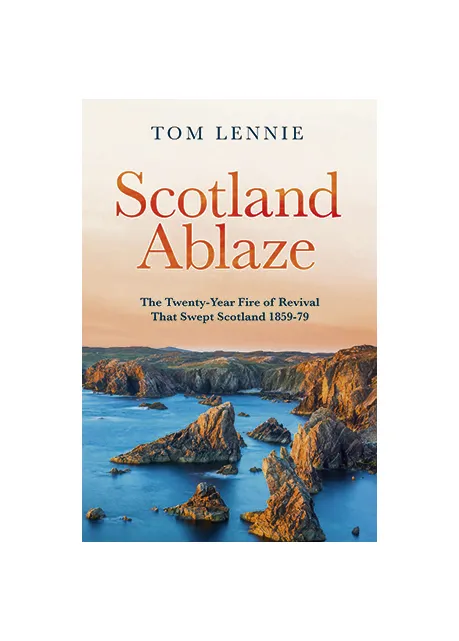SCOTLAND ABLAZE:
The twenty-year fire of revival that swept
Scotland 1858-79
By Tom Lennie
Christian Focus. 630 pages. £14.99
ISBN 978 1 527 102 675
Often when thinking about revivals our attention is drawn to particular places – to the villages, towns and cities where God worked in remarkable ways. Scotland Ablaze, however, tells the story of when revival gripped an entire nation.
This book covers the historical period between Tom Lennie’s previous works, Land of Many Revivals and Glory in the Glen, and gives a fascinating insight into the events of 1858-79 when revival was widespread across Scotland.


